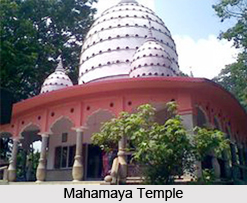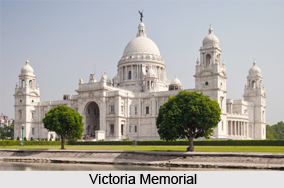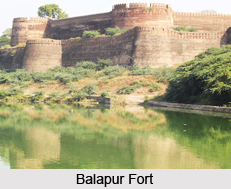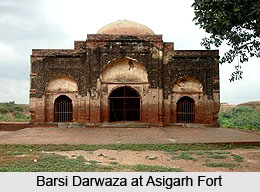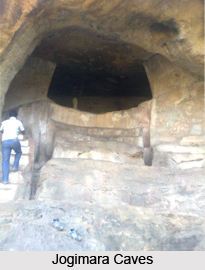Monuments in Baharampur dates back to the period of the British rule in India. In prior time it was known as Brahmapur as many of the Brahmin families established their settlement there. Baharampur is the administrative headquarters of the Murshidabad district. Baharampur is one of the earliest English cantonments in India, which is of considerable interest. Situated at a distance of about eight kilometres from the old city of Murshidabad District in West Bengal state, the Baharampur town was selected for the site of a military barracks as early as on the month of October 1757, just after the Battle of Plassey, in order to guard against any future rebellion by the Nawab. Berhampore was fortified in 1757 by the East India Company, after the Battle of Plassey in June 1757, and it unrelentingly went on as a cantonment until 1870. But the foundation of the city of Berhampore remains to be dubious as well as debatable issue.
 Baharampur, by the earlier parts of the nineteenth century, fully developed itself into a massive brigade station of significance. In the year 1857, it witnessed the first act of overt mutiny when incensed sepoys belonging to the 19th Native Infantry rose in rebellion against their British officers, but the situation was defused by the tactful intervention of their commanding officer. This huge revolt was known as the Sepoy Mutiny of 1857.
Baharampur, by the earlier parts of the nineteenth century, fully developed itself into a massive brigade station of significance. In the year 1857, it witnessed the first act of overt mutiny when incensed sepoys belonging to the 19th Native Infantry rose in rebellion against their British officers, but the situation was defused by the tactful intervention of their commanding officer. This huge revolt was known as the Sepoy Mutiny of 1857.
The cantonment layout in Baharampur in the Indian state of West Bengal repays careful study. The old British camp is located in between two Indian villages and the entire area is characterized by a grid pattern of streets and ditches interspersed with large tanks, which were designed in such a way that they can act as a defence from the invaders. The focus of the cantonment is a large regular barrack square around which are disposed quarters for soldiers and officers in a symmetrical form. On the far side of the Lai Digec, which is the largest tank in Baharampur, is located the Catholic Chapel, beyond which are more tanks and the racecourse. Large old European residencies for civilians lie towards the Indian village. The former European hospital is close to the river.
The layout demonstrates the strict segregation of officers and men, not just with separate quarters but even with their own cemeteries. The troops from Baharampur were finally withdrawn by Lord Kitchener in the year 1906. Within the town of Baharampur the prominent historical monuments include the Town Hall, Jubilee Hospital and Kalikot College. There is also the Old Cemetery which holds some of the interesting memorials.
